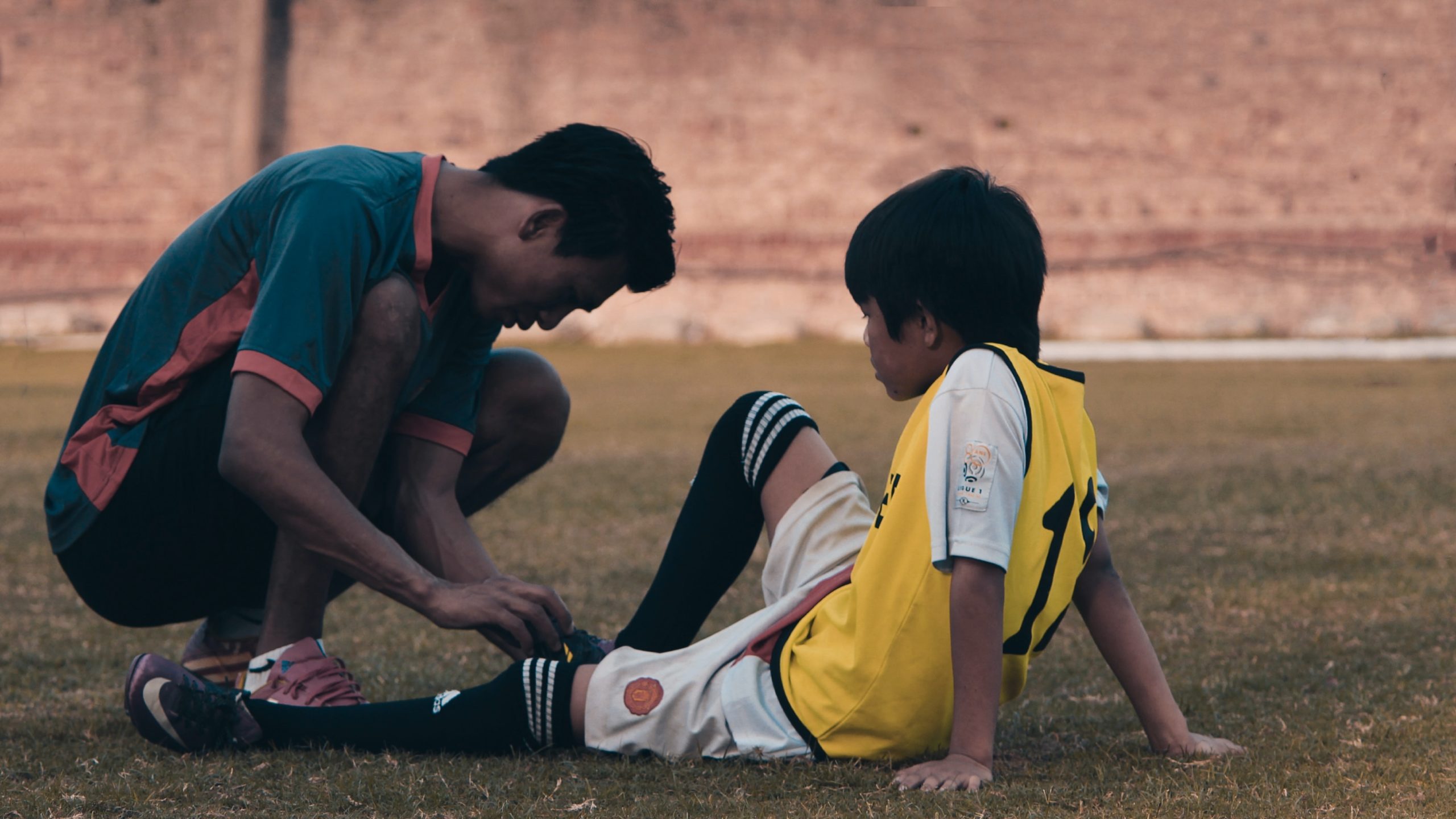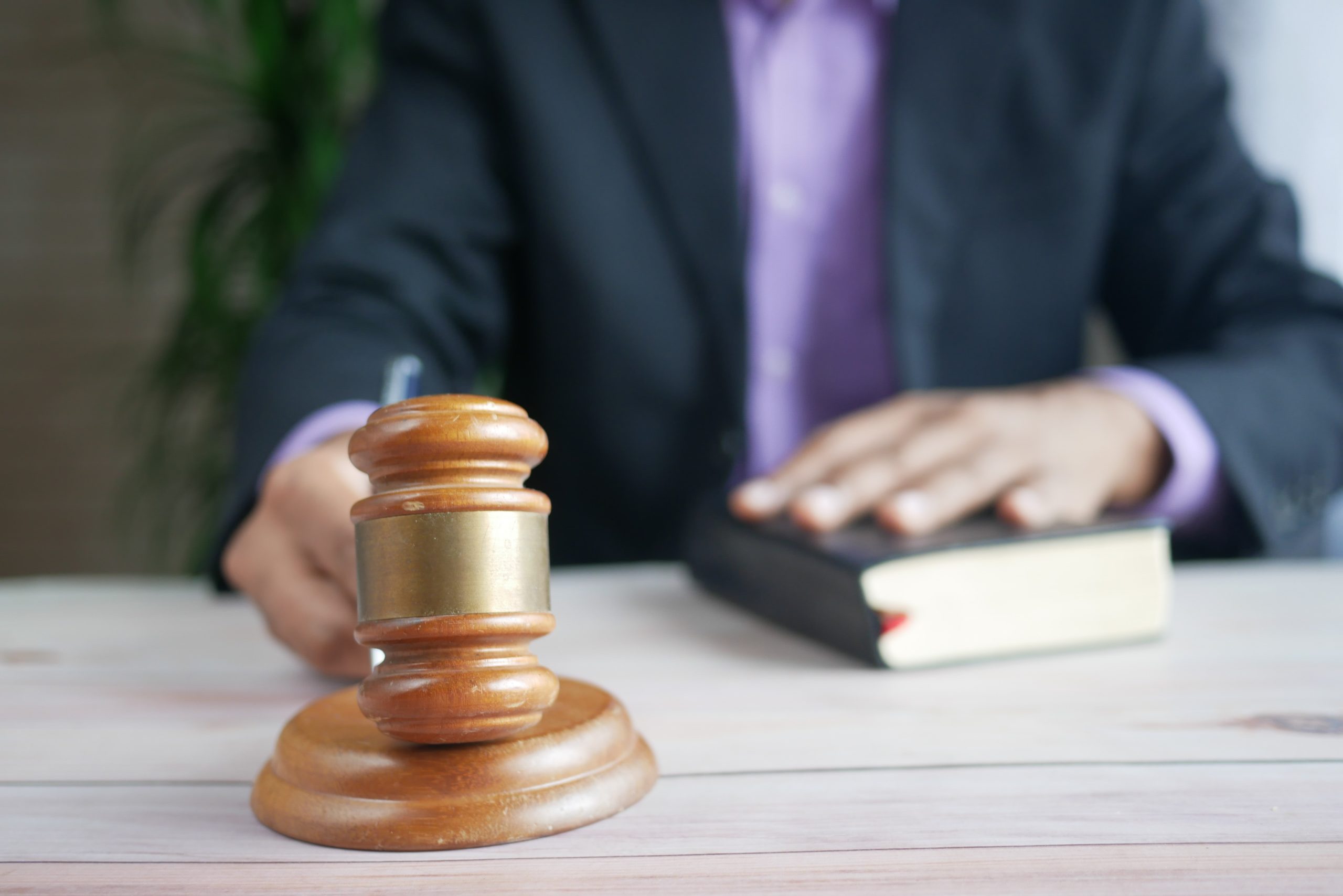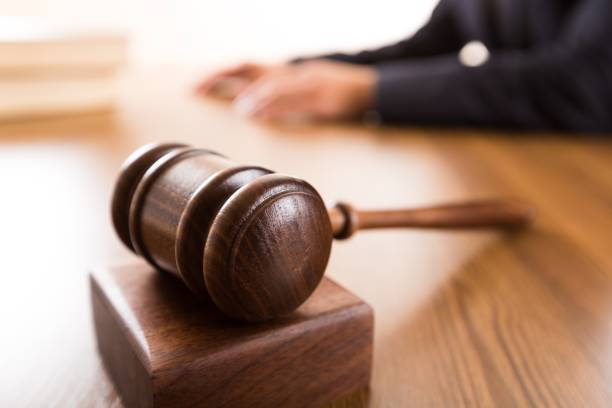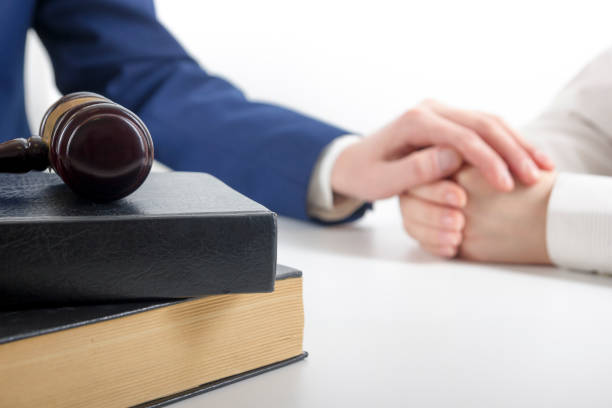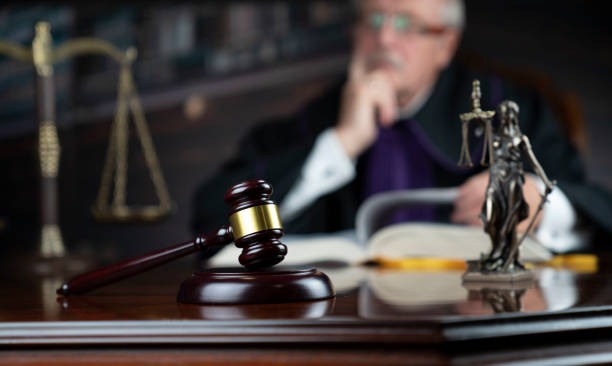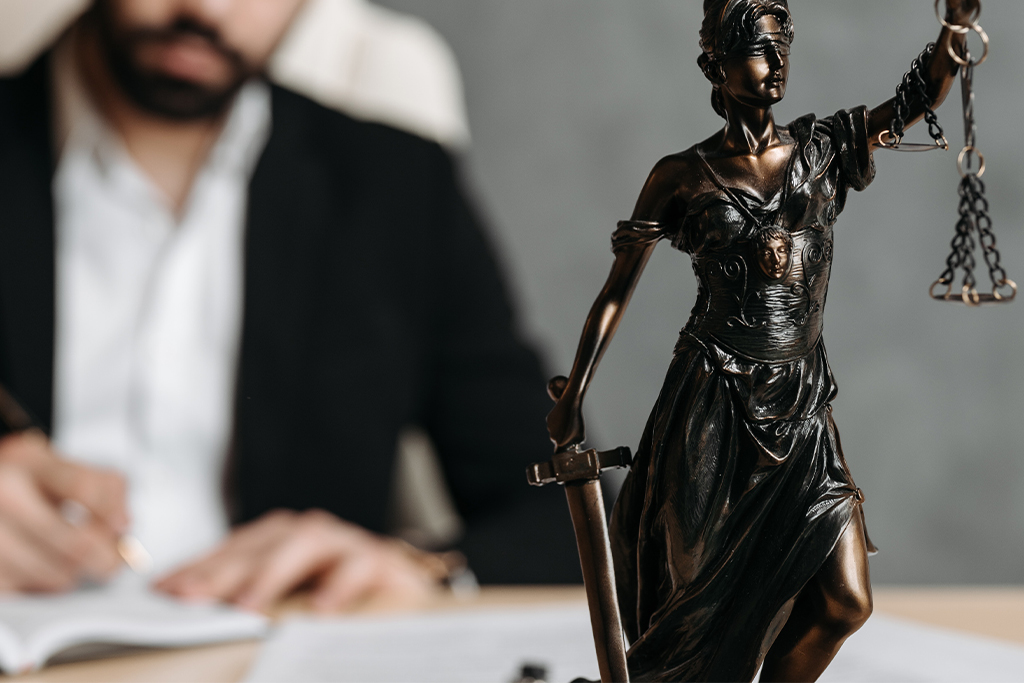Playgrounds provide kids with a safe and fun environment to play in, but they can also be the site of injury. Every year, thousands of children suffer injuries on playgrounds from minor scrapes and bruises to more serious issues such as fractures, head traumas, or even death. In this article, we’ll look at some of the most common playground mishaps and discuss ways to prevent them.
Falls
Falls are the most frequent playground injury, accounting for 75% of all playground accidents. To reduce the risk of falls, ensure your equipment has appropriate fall surfaces such as sand, pea gravel or rubber mulch around it in all directions. The fall surface should extend at least six feet around all sides of the equipment to provide a safe landing zone.
Equipment-Related Injuries
Equipment-related injuries can happen when a child gets their finger or other body part caught in equipment. To reduce the risk of these accidents, ensure your equipment is regularly maintained and free from rust, sharp edges, and broken parts.
Strangulation and Entrapment
Strangulation and entrapment can occur when a child’s clothing or jewelry gets caught in playground equipment. To reduce the risk of these injuries, make sure your children do not wear loose clothing or jewelry when playing on playground equipment.
Head Injuries
Head injuries can happen when children fall from playground equipment or are hit in the head with said equipment. To reduce this risk, ensure your kids wear helmets when appropriate and supervise them while playing.
Burns
Hot equipment can cause burns during the summer months. To avoid them, ensure that playground equipment is not too hot to touch and check the temperature of metal equipment before allowing children to play on it.
In conclusion, playground injuries can be avoided by taking necessary precautions. By keeping playground equipment well-maintained and providing appropriate fall surfaces, supervising children, and wearing appropriate safety gear, children can play safely and have fun on playgrounds. Parents/caregivers should also educate children about playground safety and encourage them to adhere to its rules in order to reduce the risk of injuries.



